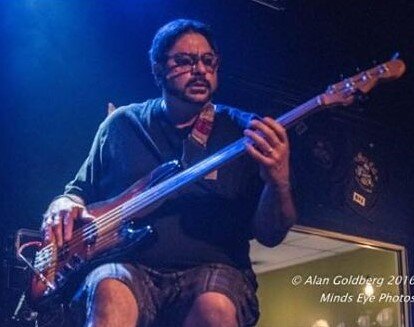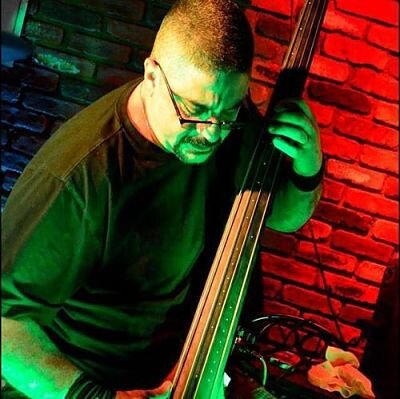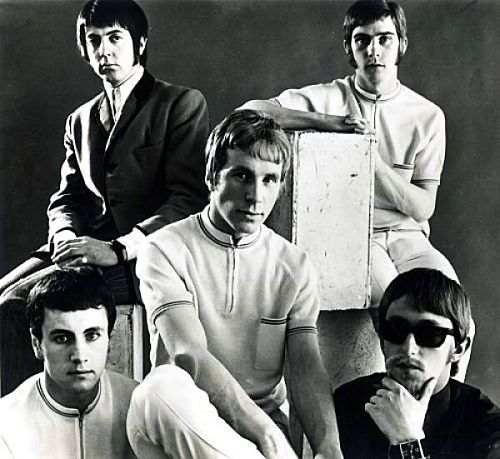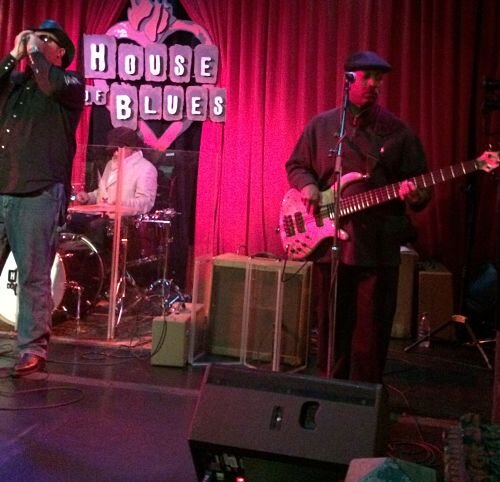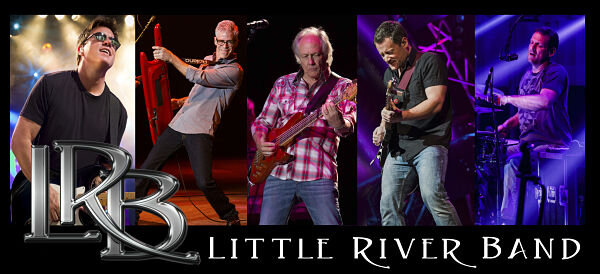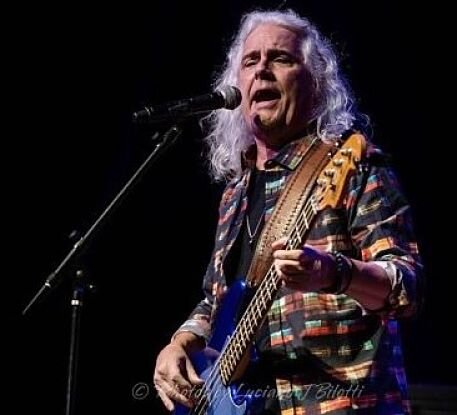Joe Cetner (The B’zz)


By Joe Gagliardo
In 1977 or thereabouts, Joe Cetner attended a Cheap Trick gig at the Brat Stop, a venue just over the Wisconsin border, and he was blown away by Tom Petersson’s bass playing.
The following night, he went to see Chicago legends, D’ Thumbs (Cliff Johnson’s band immediately before Off Broadway, which also included drummer Tommy Aldridge following his tenure in Black Oak Arkansas, and shortly before he would wax platinum albums and traverse arenas with Pat Travers, Whitesnake and Ozzy Osbourne).
Once again Joe was blown away by a bassist with a Cheap Trick connection: Jon Brandt, who would go on to replace Pete Comita – who took over the bass chair from Petersson. Brandt anchored the Rockford, Illinois Rock and Roll Hall of Famers from 1981-88.
Driven by those live club experiences, and influenced by Paul McCartney and John Entwistle, Joe made the decision to play the bass guitar!
Equipped with a 1972 Sunburst Gibson Thunderbird, Joe quickly became a regular on the Chicago club scene, including gigs anchoring Pin Ups, who were among the hot, local late 70’s club bands.


In the 80’s Joe played with Tommy Holland in a latter-day configuration of The B’zz. As that band wound down, Joe became part of Tommy Holland’s next project, Holland, which was signed to Atlantic records, and also featured drummer Brad Rohrssen and guitarist Michael Angelo Batio. Holland’s LP, entitled Little Monsters, produced by Tom Werman, rocks hard and fast!


At that time Joe switched to one of his 1963 Fender Jazz basses as his go-to instrument.
Check out Holland’s “Wake Up The Neighborhood,” a song that was featured in the 1985 movie, Girls Just Want to Have Fun https://youtu.be/hkw0r3Hf2ZQ
… and “High Life” https://youtu.be/z0RuuAqL1Ng
In the early 90’s Joe and Kevin Lee were in California and formed Kevin Lee and the Lonesome City Kings. Inked to the MCA imprint, the band released one LP, Restless, co-produced by Don Dixon.
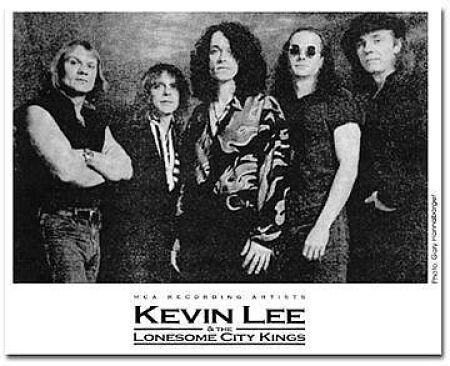

Check out these two tracks:
“Standing in the Line of Fire” https://youtu.be/X6v3e_SuGXY
“One Little Promise” from the Kill the Power Show https://youtu.be/z0RuuAqL1Ng.
Weary of Chicago winters, Joe packed up and moved to Florida in the mid-1990s. In addition to playing music on the beach and for various charities, for the past twenty-five years Joe has been living his dream of being a boat captain: an endeavor which takes him back to his childhood – racing home from school to watch Where The Action Is—sun, sand, beaches, waves and music!



